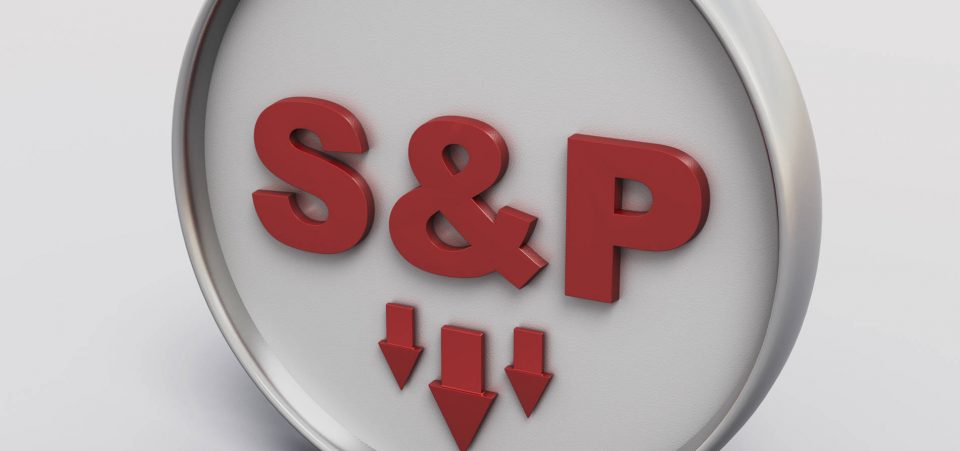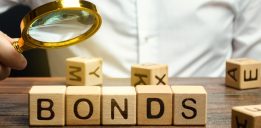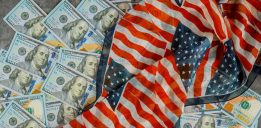S&P 500 Losing Streak Is the Longest Since 2008
Some losing streaks are meant to be broken. The Chicago Cubs, for instance, ended a 108-year losing streak when they won the World Series last week against the Cleveland Indians, who are now the proud owners of the longest losing streak in Major League Baseball, at 68 years.
Some other losing streaks are meant to stay in the record books. Last Friday, the S&P 500 fell for the ninth consecutive day. A nine-day losing streak may not sound like much, but it is. This is the first time the S&P 500 has experienced that many losses in a row in almost 36 years. The last time it happened was in December 1980. (Source: “The S&P has just logged its longest losing streak since 1980,” CNBC, November 4, 2016.)
With the U.S. Presidential election just a few days away, the investor community, and frankly, everyone, remains worried about the outcome between Hillary Clinton and Donald Trump.
The S&P 500 Losing Streak Reflects Investor Malaise
This particular losing streak, with a cumulative loss of around three percent, doesn’t seem all that threatening. But the losing streak is representative of a broader malaise and shouldn’t be discounted.
For starters, the S&P 500 is at a four-month low, and just a few points above its 200-day moving average. Dipping below that level would be a bearish sentiment. If Wall Street analysts looked at today’s S&P 500 chart and were told it was an individual stock, they’d probably tell you to run. But it’s not, so they’re just telling you it’s no big deal.
But there are a lot of legitimate reasons why the S&P 500 is in a losing streak. Even if the streak ends now, there are plenty of reasons for investors to be concerned. In fact, there’s little for investors to cheer about.
There’s the uncertainty surrounding the United States, for starters. For most people, it’s about voting for the least of two evils. If Democrat Hillary Clinton wins, many expect that the S&P 500 will experience a small two-to-three percent bump. That’s not a resounding vote of investor confidence. If Republican Donald Trump wins, analysts say the S&P 500 could fall between 10% and 15%. That’s even worse.
While third-quarter earnings season hasn’t been all that bad, there are ongoing economic reasons to justify the losing streak. Oil prices are down, bond yields are up, consumer confidence levels are down, debt levels are up, jobs growth has stalled, underemployment is high, and wage growth remains glacial.
Moreover, projections for U.S. growth has been downgraded again, and global growth is expected to remain flat. U.S. gross domestic product (GDP) is projected to expand just 1.6% this year and 2.2% in 2017. In the euro area, GDP is expected to advance 1.7% in 2016 and 1.5% in 2017. World output is forecast to grow 3.1% in 2016 and 3.4% in 2017. (Source: “World Economic Outlook October 2016,” International Monetary Fund, last accessed November 4, 2016.)
Analysts can look at all the baseball-style statistics they want when it comes to the S&P 500 losing streak, blame it on the upcoming election, and say it isn’t all that bad when compared to previous losing streaks. And it may not be as bad as far as cumulative loss goes, but investors are losing confidence, stocks are sorely overvalued, and the bull market is getting tired.
The S&P 500 losing streak will end, and the election results will soon be known, but the S&P 500 will not experience a Renaissance. There are simply too many economic factors to worry about, and this will be reflected in the S&P 500.






